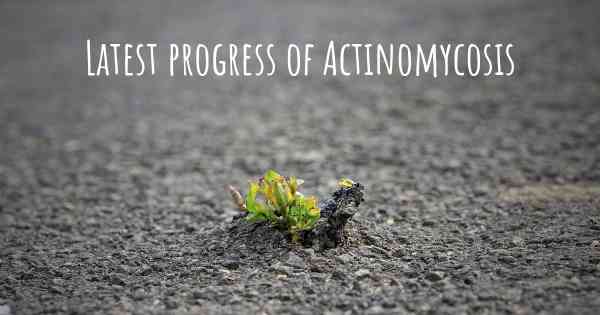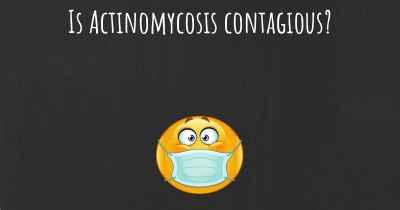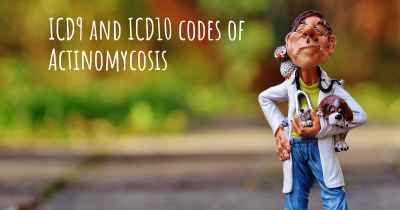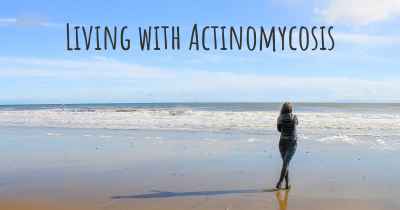What are the latest advances in Actinomycosis?
Here you can see the latest advances and discoveries made regarding Actinomycosis.

Actinomycosis is a rare bacterial infection caused by Actinomyces species, which are gram-positive anaerobic bacteria commonly found in the oral cavity, gastrointestinal tract, and female genital tract. This infection can affect various body parts, including the head and neck, chest, abdomen, and pelvis. Actinomycosis is characterized by the formation of abscesses, draining sinuses, and the presence of sulfur granules.
In recent years, several advances have been made in the diagnosis and treatment of actinomycosis, improving patient outcomes and reducing morbidity. These advances include:
Improved Diagnostic Techniques:
Early and accurate diagnosis of actinomycosis is crucial for effective treatment. Traditional diagnostic methods, such as culture and microscopy, have limitations in sensitivity and specificity. However, newer techniques have emerged to aid in the diagnosis:
- Molecular Techniques: Polymerase chain reaction (PCR) and DNA sequencing have shown promise in identifying Actinomyces species and differentiating them from other bacteria. These techniques provide rapid and accurate results, enabling timely initiation of appropriate treatment.
- Imaging: Advanced imaging modalities, such as computed tomography (CT) and magnetic resonance imaging (MRI), have improved the detection of actinomycosis lesions. These imaging techniques help in identifying the extent of the infection and guiding surgical interventions if required.
Antibiotic Therapy:
Antibiotics remain the cornerstone of actinomycosis treatment. However, the choice of antibiotics and duration of therapy have evolved:
- Penicillin: Penicillin has long been the drug of choice for actinomycosis. However, due to the increasing prevalence of penicillin resistance, alternative antibiotics such as amoxicillin-clavulanate, clindamycin, and doxycycline are now commonly used.
- Duration of Therapy: The duration of antibiotic therapy has been shortened in recent years. While traditional treatment lasted 6-12 months, current guidelines recommend 3-6 months of therapy for most cases. This has reduced the burden of long-term antibiotic use on patients.
Surgical Interventions:
In some cases, surgical intervention may be necessary to manage actinomycosis:
- Image-Guided Drainage: Percutaneous drainage guided by imaging techniques, such as ultrasound or CT, can effectively treat abscesses and facilitate the delivery of antibiotics to the site of infection.
- Resection: Surgical resection may be required for large or deep-seated abscesses that do not respond to antibiotics alone. This approach helps in complete eradication of the infection and prevents recurrence.
Prevention and Public Health Measures:
Preventing actinomycosis is challenging due to its ubiquitous nature. However, certain measures can help reduce the risk:
- Improved Oral Hygiene: Maintaining good oral hygiene, including regular brushing, flossing, and dental check-ups, can minimize the risk of oral actinomycosis.
- Safe Sex Practices: Practicing safe sex and using barrier methods, such as condoms, can reduce the risk of genital actinomycosis.
- Education and Awareness: Increasing awareness among healthcare professionals about the clinical presentation and diagnostic challenges of actinomycosis can lead to early recognition and appropriate management.
In conclusion, recent advances in the diagnosis and treatment of actinomycosis have significantly improved patient care. Molecular techniques and advanced imaging modalities aid in accurate diagnosis, while the choice and duration of antibiotic therapy have been optimized. Surgical interventions, when required, can effectively manage complicated cases. Additionally, preventive measures and public health initiatives play a crucial role in reducing the incidence of actinomycosis. These advancements collectively contribute to better outcomes and prognosis for individuals affected by this rare bacterial infection.








